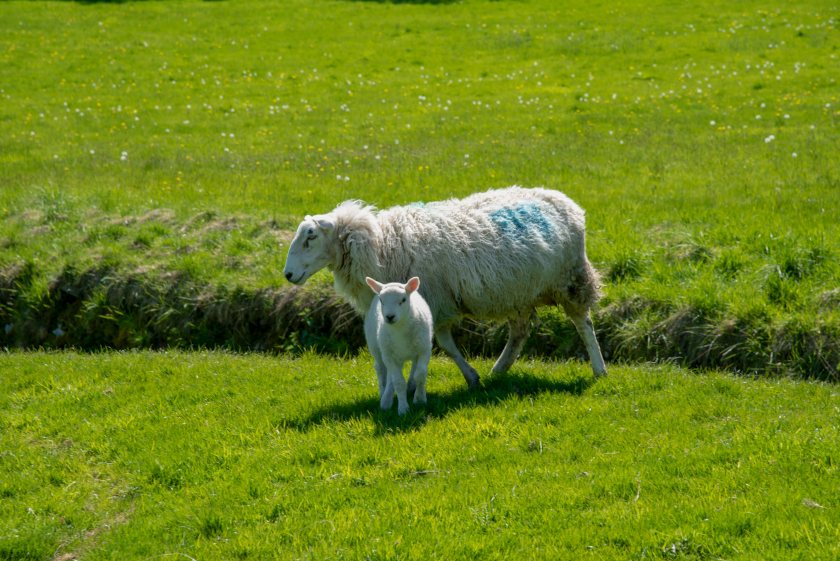
As 2025 sees an unseasonably warm start to spring, sheep farmers are being reminded that rising temperatures alone don't tell the full story when it comes to parasite risk in young lambs.
The recent warm spell has pushed many areas into the temperature zone that triggers the hatching of nematodirus larvae—a big concern for lambs grazing on pastures that held sheep last spring.
However, industry experts are nowcautioning farmers not to rush into treatment without considering additional risk factors.
Lesley Stubbings of the Sustainable Control of Parasites in Sheep (SCOPS) says: “In many places, the rise in temperatures has been early, relatively gradual, and sustained in recent weeks.
"This means the threat to lambs so far has been relatively low, which is borne out by few, if any, reports of disease."
One key reason for the lower immediate threat is that an early hatch often occurs before lambs are old enough—typically around six weeks—to ingest the larvae in significant numbers.
Farmers are being advised to consult local historical data, as risk levels in some regions are already retreating from the 'very high' black alert stage.
In upland and cooler coastal regions, where temperatures have yet to reach the hatching threshold, the risk remains dynamic.
A return to cold weather followed by a sharp warming could spark a high-risk scenario for grazing lambs in these areas.
Meanwhile, the nature of this year’s warming has led to a gradual, rather than mass, hatch, according to industry experts.
While this may sound concerning, it can actually help lambs develop immunity by exposing them to low levels of larvae over time.
By the time they reach eight or nine weeks old, this immunity is likely to offer significant protection.
However, the nematodirus threat isn’t the only issue this spring: experts are also reporting high levels of strongyle worm species in hoggets and older sheep.
These parasites could be adding to pasture contamination and may become a growing problem—especially if the expected rainfall over the Easter period materialises.
“Once we get some rain, which is forecast over Easter, we could see a rapid rise in these worm species,” warns Rebecca Mearns, of the Animal and Plant Health Agency (APHA).
“Our concern is that those who have already treated for nematodirus might believe they’re covered, when in fact they could get caught out by rising strongyle levels.”
Farmers with lambs aged six to eight weeks by the end of April are being encouraged to begin faecal egg count (FEC) testing to assess the situation more accurately and respond accordingly.
